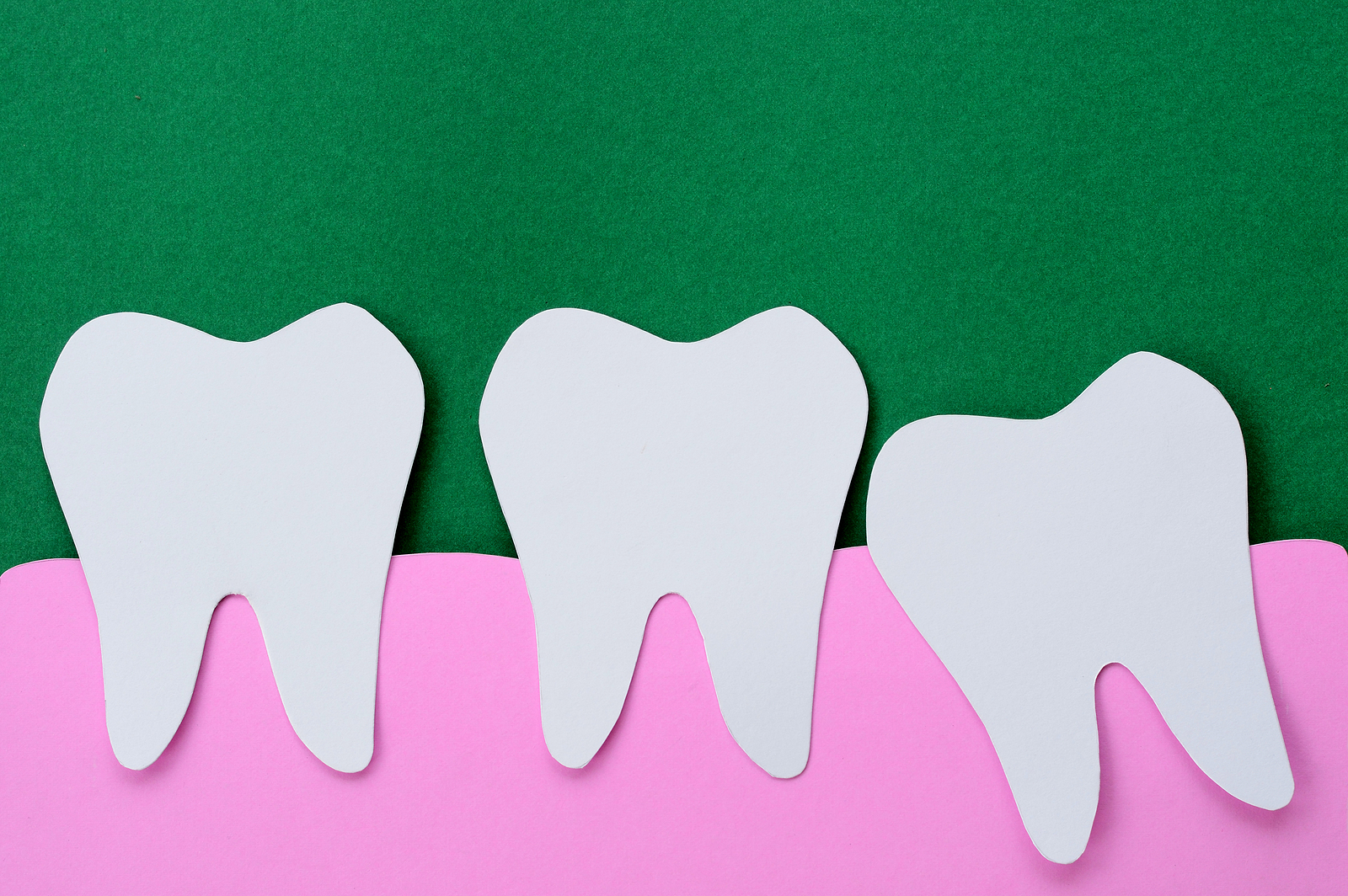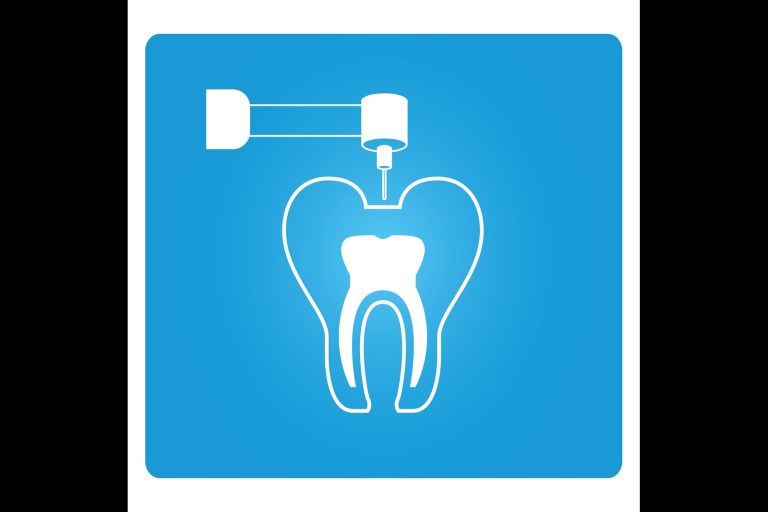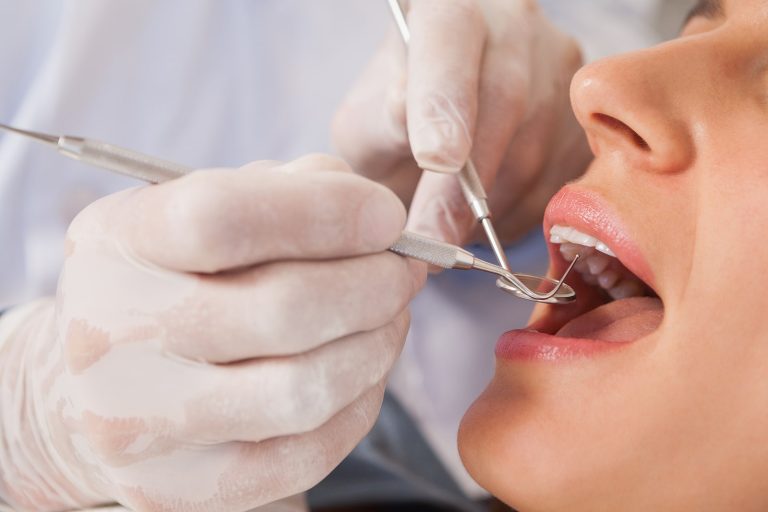One of the most unpredictable parts of dental health and teeth development is the growth of wisdom teeth, and this means that whilst it is not uncommon to have rather excruciating pain in wisdom teeth, exactly what you should do about it can vary significantly.
In some cases, wisdom teeth need to be removed because they have been impacted by other teeth, cannot break through the gums, or there has been some other complication with how they are positioned.
In other cases, the pain is relatively normal and will be managed using NSAID pain medication available over the counter.
However, in more unusual and challenging cases, you may need to treat the infection using antibiotics such as amoxicillin. Here is a brief guide to when and why they are used, and why not all wisdom tooth pain can be helped by antibiotics.
Why Do Wisdom Teeth Get Infected?
Whilst most of your teeth tend to grow out at a relatively consistent rate and size, typically breaking through once your milk teeth start to fall out, wisdom teeth tend to only develop far later than the rest.
Whilst most children will have a full set of adult teeth by the age of 12 (or by 14 at the latest), the last wisdom teeth can take until the age of 21 to fully grow through.
This tends to make how they grow into your mouth, and indeed, if they can at all, somewhat less predictable, and it can be much harder to fix impacted wisdom teeth than other teeth.
As well as this, even if they grow into the mouth, they can sometimes grow in ways that make them difficult to take care of, with surfaces where food, plaque and bacteria can develop but cannot easily be removed.
This can cause dental abscesses, similar to other teeth, but there are other conditions, such as pericoronitis, that specifically affect wisdom teeth.
What Is Pericoronitis?
A condition that only affects wisdom teeth, pericoronitis is an infection that causes swelling on the gums surrounding your wisdom teeth.
It mostly affects lower wisdom teeth when they are still trapped under the gumline, usually because of an impaction of the teeth.
The most common cause of this is that the gum has opened and created a flap ready to allow the tooth to come through, but it has not quite managed it yet.
This creates an opening for bacteria to get inside, which causes an abscess and dental infection similar to a conventional dental abscess.
They primarily affect people in their twenties with trapped wisdom teeth, but as with other dental abscesses, additional risk factors include more gum tissue than normal, a poor standard of oral hygiene, stress and pregnancy.
Many of the side effects are similar to a dental abscess, including pus-filled swellings, pain, fever, lockjaw, pain when swallowing, bad breath and an uncomfortable taste.
When Can Antibiotics Help?
In many cases, as with dental abscesses, antibiotics can help clear up the infection by killing the bacteria that cause it. Whilst not all wisdom tooth pain is caused by a bacterial infection, a short course of amoxicillin can clear the infection, often in conjunction with cleaning.
Typically, this takes the form of antibiotic capsules, which you take three times per day for five days, during which time the bacteria in your mouth are killed and the symptoms that they are causing will be rectified.
Whilst not painkilling medication, they often can relieve the swelling, pressure and pain that can result from bacterial infections. However, whilst you can sometimes feel relief very quickly, it is essential that you take the antibiotics exactly as prescribed and do not stop a course without completing it.
Alternatively, sometimes an antibacterial mouthwash is prescribed instead in some rarer cases, but because it is trickier to use mouthwash compared to a tablet, it is less commonly used.
When Do Antibiotics Not Help?
Generally, antibiotics are the middle ground for helping with wisdom teeth issues. In some cases, you need no intervention whatsoever, and the tenderness and swelling go away on their own as a natural consequence of the teeth growing into place.
On the other hand, some more complex or serious cases of pericoronitis require dental intervention or even surgery.
Typically, this starts with an irrigation treatment to flush out debris and bacteria, but if that does not work, then a dentist may remove the gum flap causing the issue.
Finally, if there are more complex issues or the wisdom tooth itself is infected, the wisdom tooth may be removed entirely.







